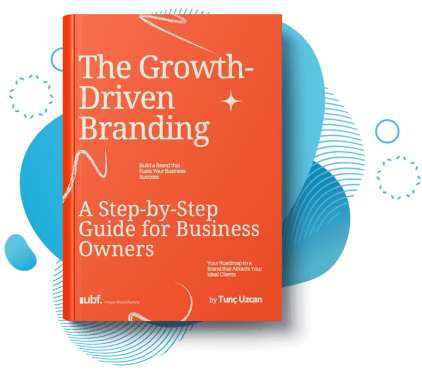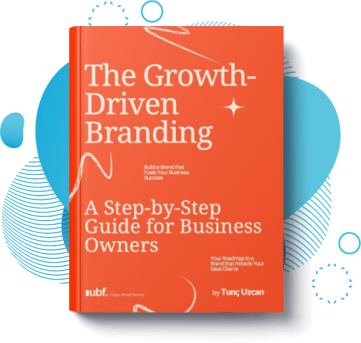Competition has always been tough for brands, but today it has become more challenging than ever. On the one hand, the increase in product and service variety, and on the other hand, the explosion in marketing communication channels with social media and mobile communication technologies, require both consumers and brands to cope with ever-increasing options. The problem is that in this chaotic environment, many companies, almost reflexively, focus on their competitors and their products and services when competing, trying to catch up with them or race against them. While this approach may yield results in the short term, it turns into an unproductive vicious cycle in the long run. So how can brands escape this competition chaos and ultimately this vicious cycle without getting harmed? Let’s take a look together.
Value-Based Competition vs. Competitor-Focused Competition
In competitor-focused competition, companies track their rivals and position themselves accordingly. They focus on developing products and adding new features by looking at competitors. However, this approach often keeps brands in a reactive position, leading to many lasting problems such as inconsistent product expansions that disrupt brand integrity or pricing and sales strategies that damage brand perception. In the end, it causes them to lose their unique value propositions.
In contrast, value-based competition strategy centers on the customer, focusing on their real needs and problems. Thus, instead of following competitors, the brand charts its unique path. It doesn’t position itself reactively by looking at competitors but determines where to position itself in its ideal customer’s life by looking at its fundamental purpose for existence. In this strategy, where customer insights are at the core, the brand primarily competes with itself in line with its purpose.
Amazon’s aim to be “the world’s most customer-centric company” is a perfect example of this strategy. Amazon doesn’t develop strategies by looking at its competitors. Instead, it looks at its customers and improves by asking, “How can I create more value to maximize their satisfaction?“
Steps to Transition to Value-Based Competition
Value-based competition strategy is implemented by many large brands like Amazon today. So where should one start to implement this strategy?
- Define Your Brand Purpose: Start by defining or clarifying your brand purpose. The purpose is the fundamental reason for your brand’s existence beyond making money. It expresses the change you want to create in this world and the ultimate value you aim to add to life. Your brand purpose is the simplest answer to the question “Why does this brand exist?” Define your purpose and start progressing by competing with yourself in line with your purpose.
- Know Your Ideal Customer: Who is your ideal customer? Whose life does your brand add the most value to, who needs you the most? Who appreciates your products and services the most and is ready to gladly pay the price you ask in return?
- Develop Customer Insight: What does your ideal customer really want? What’s their problem, what do they need, what do they desire, what are they trying to achieve? What challenges do they face in their life? How does all this make them feel at the deepest level?
- Create a Value Map: Use the customer profile and value map canvas to work on how you can create more value for your customers. Analyze customer jobs, problems, and gains in detail and think about how they can do these jobs better. While doing this, consider not only functional but also emotional and social dimensions.
- Clarify Your Message: In this chaotic competitive environment, the way to make your voice heard is through clarity. Let’s be realistic: No one is initially interested in your company’s history, long lists of product features, or your industry jargon. Your customers want to know one thing: How will your brand make their lives better? To answer this, go beyond general marketing rhetoric and clarify your message using the power of storytelling. This way, ensure that your ideal customer quickly and clearly understands the value you’ll add to their life.
- Develop an Innovation Culture: Value-based competition requires continuous innovation. Create a culture that encourages creativity and risk-taking within the company. Focus on developing new solutions and products that will exceed your customers’ expectations.
- Be Flexible and Open to Change: Market dynamics and customer needs are constantly changing. To adapt quickly to these changes, regularly monitor and update your customer insights, value maps, and messages when necessary.
Value-based competition strategy brings brands to a more strategic and balanced position for sustainable competition and growth. Of course, this approach doesn’t mean completely ignoring competitors. Understanding the competitive environment and monitoring competitors’ moves is always important. However, the real difference lies in how you utilize this information.
In value-based competition, which is implemented by the world’s most valuable brands including Amazon, Apple, Google, and Nike, brands focus on their own purpose of existence and the unique value they provide to their ideal customers, rather than imitating or reacting to competitors. This perspective allows brands to maintain their unique identities, build deeper connections with their customers, and achieve long-term, sustainable growth.


